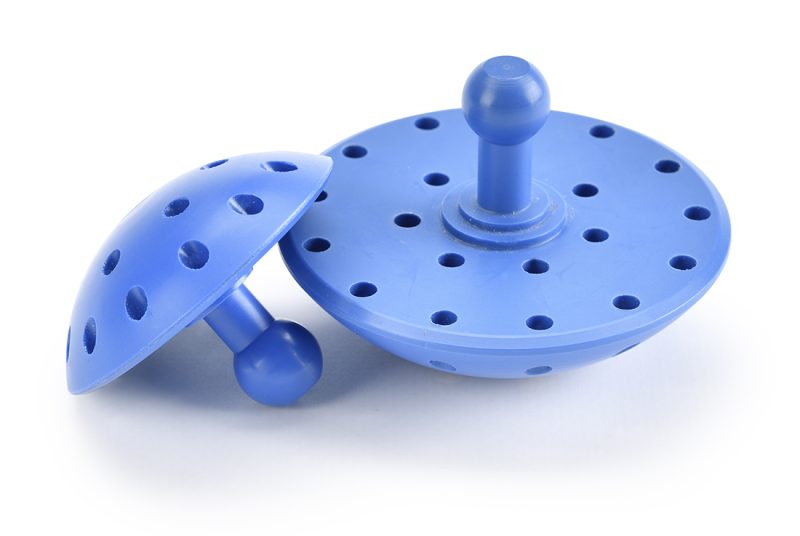Rubber Hardness Considerations

Five top tips on rubber hardness considerations for engineers
These top tips on rubber hardness considerations are based on speaking with design engineer customers and DP Seals 40 years experience and expertise in the custom rubber seals, gaskets and mouldings business.
Tip 1: Think about how dynamic or static your application will be.
The rubber hardness selected really does depend on the planned application and, in particular, how dynamic or static the moulding will be. We must remember that the material is still a solid and although a lower hardness will flex and move more freely it will not behave as a sponge or foam like material. It must have space in which to displace.
Tip 2: Think about how material hardness might impact on mechanical arrangement.
The profile of the part, its mechanical and human use, calculating compression, there’s a lot to think about. Of course working with a manufacturer that has technical expertise will help immensely as they will have the experience and knowledge of specifying material to match performance requirements. At DP Seals we work closely with all our customers and will do all we can to help with technical input. This will always include hardness as a key element in the manufacturing process.
Tip 3: Depending on material type a given mould can be used to produce samples in numerous hardness grades.
Within limits, and depending on material type, a given mould can be used to produce samples in numerous hardness grades. Through fine tuning it can then be pin pointed to what reacts well and serves the application best. We can actually start at quite different ends of the scale and then close in on what is working best for the customer after initial testing.
Once we have reached a final conclusion the rubber compound formulation can be locked down with a specific preparation number to ensure future reproducibility and consistency.
A seal manufacturer who has a tool room and makes their own moulds will have a much better understanding of how the mould should be built in order to produce the component to the best quality and, of course, the lowest possible cost.
Tip 4: Ensure you can achieve consistent and repeatable performance
How can engineers be confident that the rubber mouldings will do their job over the lifetime of the product? Engineers should be confident in their manufacturer. This includes quality standards, testing conducted (both dynamic and static) and reliability of the compounder used. At DP Seals we’ve formed long-standing partnerships with industry leaders who have processes in place to guarantee repeated consistency. In addition we have our own documented database detailing material and each process stage through to the finished item – and that’s for every component we produce.
Tip 5: Communicate early
Material hardness is just one consideration and shouldn’t be seen in isolation. Every part is different with its own unique features. We’ve covered some of the key ones in this article relating to hardness but there are others. So our final tip is to talk to your manufacturing partner as early as possible in the process. Communication really is key and can save a lot of time and money in the long-run.
Summary
We’ve touched on some of the key things engineers should consider in respect to rubber hardness when manufacturing custom rubber, seals, gaskets or mouldings. We’ve mentioned thinking about hardness relative to:
- How dynamic or static the application will be, including thinking about displacement.
- The overall mechanical configuration of the product.
- The re-use of moulds.
- Repeatable and consistent performance.
- Communicating early with your manufacturer.
We hope this short read has proved useful but if you have any questions or thoughts you would like to discuss please get in touch.